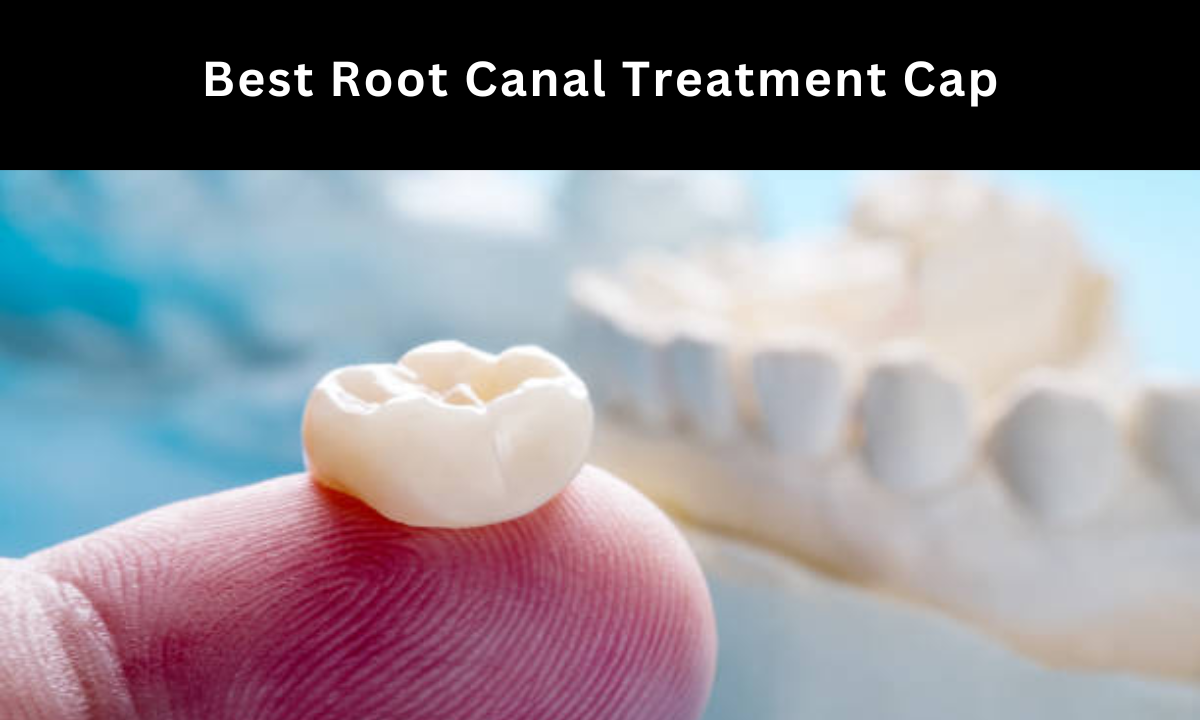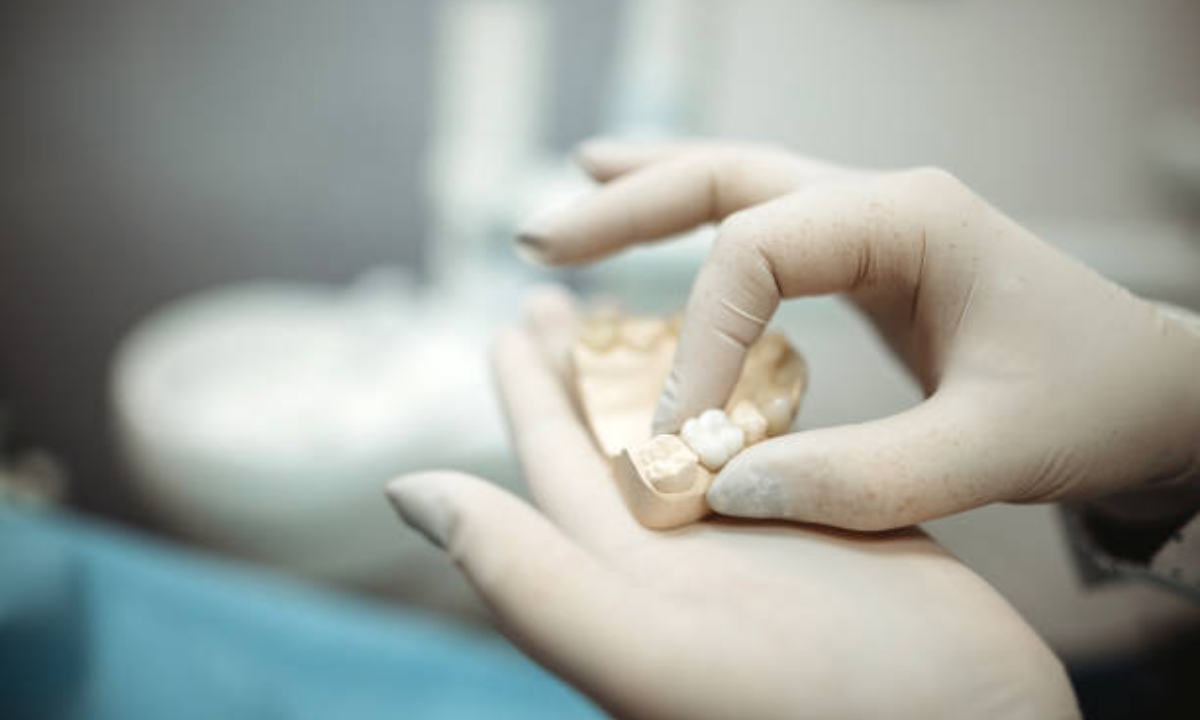A crown can be described as “a sort of cap put on a tooth after a root canal treatment; it shields the tooth and strengthens it.” If a tooth is to receive a root canal, the pulp of the tooth, which carries nerves and blood vessels, must be removed, and thus the tooth is hollow and brittle. Without proper coverage of the tooth, it breaks or rots and/or creates other problems.
Choosing the right dental crown after a root canal is important in maintaining the functionality and aesthetics of the tooth. The ideal crown should not only fit comfortably but also be durable enough to withstand everyday wear and tear. However, with various dental crown types available, selecting the best one can be confusing.
This article will take you through factors to consider in selecting a root canal treatment cap, the different dental crown types, and what one needs to prepare for the crowning procedure so that you will have lasting results.
Why Do You Need a Root Canal Treatment Cap?
- Following the root canal treatment, your tooth becomes brittle and susceptible to cracking. That’s why a crown is required over the treated tooth.
- Protection against fractures – a treated tooth is fragile and can crack without a cover.
- Prevention of reinfection crown closes the tooth so as not to force reinfection by bacteria into the tooth that might cause more decay.
- Restoration of functionality is in a position to chew and talk perfectly without any pain.
- Aesthetic appeal-the well-crafted restoration has shape and color just like one of your natural teeth.
Factors to Consider When Choosing a Root Canal Treatment Cap
1. Material of the Crown
One of the most critical decisions when selecting a dental crown is choosing the right material. Each type has its advantages and disadvantages.
- Porcelain or Ceramic Crowns – Ideal for front teeth due to their natural appearance.
- Metal Crowns (Gold, Palladium, or Other Alloys) – Extremely durable and best suited for molars.
- Porcelain-Fused-to-Metal (PFM) Crowns – Protects the metal core and a porcelain aesthetic, which can eventually lead to the display of a dark line above the gumline.
- Zirconia Crowns – They are better than porcelains as they do not break or chip quickly and are ideal for the front and back sides of the teeth.
- Composite Resin Crowns – Less expensive but not stronger like other crowns 2. Durability and Strength
Because a treated tooth with the canal will most probably be fragile, there’s a need to crown the treated area. Strengthful material for a metal or zirconia is a plus compared to more susceptibility for wear and fractures at a porcelain and a resin-crowned structure.
2. Esthetics for an Aesthetic
On an anterior aspect of the treated teeth, this may also matter by requiring esthetic appeal when the crowned work goes along with other remaining smiles at natural teeth colors and aspects.
3. Cost and Insurance Coverage
Dental crowns can be pricey, but the price depends on the material and the location of the treatment. The metal crowns are less expensive, while the zirconia and porcelain crowns are costlier because they have aesthetic advantages. Most insurance plans cover part of the expense, so check with your provider.
4. Allergies and Sensitivities
If you have metal allergies, then you should avoid metal-based crowns such as PFM or gold crowns. Instead, you can opt for porcelain or zirconia, which are metal-free.
5. Tooth Location and Function
Molars and Premolars – These require strong materials like metal or zirconia since they endure heavy chewing forces.
Front Teeth – Aesthetics are a priority, making porcelain or ceramic crowns the best choice.
Understanding the Dental Crown Preparation Process
Your dentist will prepare a dental crown before a root canal treatment cap. The process involves the following steps:
- Tooth Reshaping – A small portion of the tooth is trimmed to accommodate the crown.
- Impression Taking – A mold of the tooth is created to design a custom crown.
- Temporary Crown Placement – A temporary cap is placed while the permanent crown is being fabricated.
- Permanent Crown Fitting – After preparing the permanent crown, it is cemented onto the tooth, giving the restoration a more long-lasting position.
Types of Dental Crowns After Root Canal
Knowing dental crowns will aid you in your decision-making. Capping options are as follows:
1. Porcelain Crowns
- Excellent for front teeth due to its aesthetic look
- Likely to chip and crack at high pressure.
2. Zirconia Crowns
- Extraordinarily durable and biocompatible.
- Applicable to front and back teeth.
3. Porcelain-Fused-to-Metal (PFM) Crowns
- Strong and aesthetically pleasing but may reveal a dark metal line over time.
- Good for molars and premolars.
4. Gold and Metal Crowns
- Durable and long-lasting.
- Less aesthetically pleasing, which makes them more suitable for back teeth.
5. Composite Resin Crowns
- More economical but less durable.
- Usually a temporary solution.
How to Take Care of Your Root Canal Treatment Cap
Proper maintenance can elongate your time with the crown after installing one in your dental crown. Care tips:
- Maintain good oral hygiene.
- Brush and floss to remove plaque two times a day; do not consume hard foodstuff, for instance, eating ice or eating candies or nail-biting, respectively.
- The teeth need check-ups for six months at an appointed dentist who offers cleaning, too.
- Wear a Mouthguard if you grind your teeth at night so that you do not cause damage.
Conclusion
Choose the proper crowning in a root canal treatment cap for your treated tooth to last long and to serve you properly. Since different crowns exist, you should consider the kind of material used, durability, aesthetics of the dental crown, cost, and where the tooth is positioned in the mouth.
This process will make sure that your crown fits into your mouth tightly and works fine after its installation. After this, maintaining proper oral hygiene and checkups at a dental clinic in Whitefield will further prolong the lifetime of your crown.
This will enable you to make an informed decision with the knowledge of all options with their benefits so that you meet your needs in the best possible way with health and the appearance of your smile for many years ahead.


